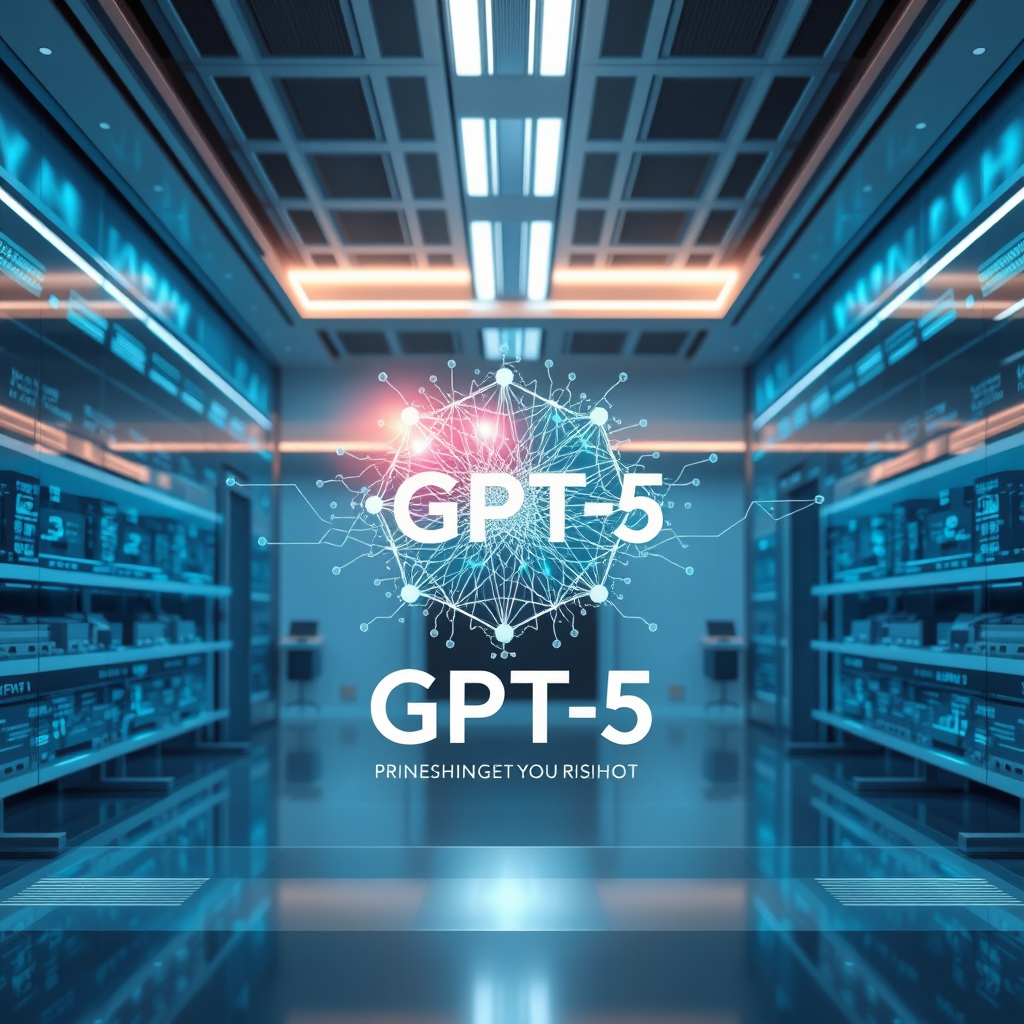
Introduction
Google’s latest announcement of Vertex AI Agent Builder marks a significant step forward in the company’s long‑standing commitment to democratizing artificial intelligence for developers and enterprises alike. By providing a low‑code, highly configurable platform that lets teams assemble, train, and deploy sophisticated conversational agents, Google is addressing a growing demand for AI‑powered automation and customer engagement solutions. The new tools are not just another addition to the Vertex AI suite; they represent a strategic investment in developer tooling that promises to reduce the friction between data scientists, software engineers, and business stakeholders. In this post we will unpack the key features of Vertex AI Agent Builder, explore how it fits into the broader AI ecosystem, and examine the practical implications for organizations looking to accelerate their AI initiatives.
Why Vertex AI Agent Builder Matters
The enterprise world has long struggled with the complexity of building and maintaining AI agents. Traditional approaches require deep expertise in natural language processing, reinforcement learning, and cloud infrastructure, which can create bottlenecks and slow down innovation cycles. Vertex AI Agent Builder tackles these pain points by offering a unified interface that abstracts away much of the underlying complexity. Developers can now focus on defining business logic and user flows rather than wrestling with model training pipelines or orchestration scripts.
Moreover, the platform’s emphasis on modularity and reusability aligns with modern software engineering practices. By encouraging the creation of reusable “skills” and “memory” components, the tool enables teams to compose agents that can be shared across projects, reducing duplication of effort and fostering a culture of collaboration. This modular approach also makes it easier for organizations to comply with governance and security requirements, as each component can be audited and managed independently.
Key Features and Capabilities
At its core, Vertex AI Agent Builder is built around three pillars: intent recognition, dialogue management, and integration. The intent recognition module leverages pre‑trained large language models that can be fine‑tuned on domain‑specific data, allowing agents to understand nuanced user requests with high accuracy. Dialogue management is handled through a visual flow editor that lets developers map out conversation paths, set conditional logic, and define fallback strategies—all without writing a single line of code.
Integration is where the platform truly shines. The builder offers native connectors to popular Google Cloud services such as Dialogflow CX, BigQuery, and Cloud Functions, as well as support for third‑party APIs via a simple REST interface. This means that an agent can pull real‑time data from a CRM, trigger automated workflows, or even generate personalized content on the fly. The ability to embed external knowledge bases and custom retrieval pipelines further enhances the agent’s contextual awareness, making it suitable for complex use cases like technical support, financial advisory, or legal compliance.
Another noteworthy feature is the built‑in monitoring and analytics dashboard. By tracking metrics such as intent hit rate, response latency, and user satisfaction scores, teams can continuously refine their agents. The platform also supports A/B testing, allowing developers to experiment with different dialogue strategies and measure their impact on key performance indicators.
Developer Experience and Tooling
Vertex AI Agent Builder is designed with a developer‑first mindset. The platform’s web UI is intuitive, featuring drag‑and‑drop components, real‑time preview, and inline documentation. For teams that prefer code‑centric workflows, the builder exposes a RESTful API and a Python SDK that enable programmatic creation and deployment of agents. This dual‑mode approach ensures that both low‑code enthusiasts and seasoned engineers can work efficiently.
Version control integration is another critical aspect. Agents can be stored in Git repositories, and the platform automatically tracks changes, enabling rollback and collaboration across distributed teams. Continuous integration pipelines can be set up to automatically test agents against a suite of conversation scenarios, ensuring that new updates do not break existing functionality.
Security and compliance are also baked into the developer experience. Agents can be scoped to specific IAM roles, and data residency can be enforced by deploying the platform in a chosen region. The platform’s audit logs capture every interaction, providing a clear trail for regulatory reviews.
Enterprise Use Cases and Benefits
The versatility of Vertex AI Agent Builder opens up a wide range of enterprise applications. In customer support, for instance, an agent can handle routine inquiries, route complex tickets to human agents, and even gather diagnostic data before escalation. In sales, the same platform can power virtual assistants that guide prospects through product catalogs, schedule demos, and capture intent signals for the sales team.
Financial institutions can deploy agents that provide real‑time account information, execute trades, or offer personalized investment advice—all while adhering to strict compliance standards. Healthcare providers can use the platform to triage patient symptoms, schedule appointments, and deliver medication reminders, reducing the burden on clinical staff.
Beyond functional benefits, the platform delivers measurable ROI. By reducing the time required to prototype and deploy AI agents, organizations can accelerate time‑to‑market for new services. The modular architecture also lowers maintenance costs, as updates can be applied to individual components without redeploying the entire agent.
Integration with Existing Google Cloud Ecosystem
Vertex AI Agent Builder is not a standalone product; it is tightly woven into the broader Google Cloud ecosystem. The platform leverages Vertex AI’s managed training services, allowing developers to fine‑tune large language models on custom datasets with minimal overhead. Integration with Cloud Run and Cloud Functions ensures that agents can scale elastically to meet demand.
Data pipelines built with Cloud Dataflow or BigQuery can feed real‑time insights into agents, enabling dynamic content generation and personalized interactions. For organizations already using Dialogflow CX, the new builder offers a migration path that preserves existing intent definitions and conversation flows.
Security best practices are reinforced through Cloud Identity‑and‑Access‑Management (IAM), allowing granular control over who can create, modify, or deploy agents. The platform also supports encryption at rest and in transit, ensuring that sensitive data remains protected.
Challenges and Future Outlook
While Vertex AI Agent Builder offers a powerful set of capabilities, it is not without challenges. One concern is the learning curve associated with large language models; fine‑tuning and deploying these models responsibly requires careful consideration of bias, hallucination, and data privacy. Google addresses this through built‑in safeguards and best‑practice guidelines, but organizations must remain vigilant.
Another potential hurdle is the need for domain expertise. Although the platform abstracts much of the technical complexity, crafting effective conversation flows still demands an understanding of user behavior and business objectives. Investing in cross‑functional teams that include product managers, UX designers, and data scientists will be essential for success.
Looking ahead, Google is likely to expand the Agent Builder’s capabilities by incorporating multimodal inputs, such as images and audio, and by enhancing real‑time reasoning abilities. The company’s ongoing research into retrieval‑augmented generation and reinforcement learning from human feedback suggests that future iterations will offer even more sophisticated conversational experiences.
Conclusion
Google’s Vertex AI Agent Builder represents a meaningful leap forward in the democratization of AI agent development. By combining low‑code tooling, robust integration options, and a strong focus on security and governance, the platform empowers enterprises to build intelligent agents that can drive customer engagement, streamline operations, and unlock new revenue streams. While challenges remain—particularly around model governance and domain expertise—the benefits of faster time‑to‑market, reduced maintenance overhead, and scalable deployment make Vertex AI Agent Builder a compelling choice for organizations looking to harness the power of generative AI.
Call to Action
If your organization is ready to explore how AI agents can transform your customer interactions, internal workflows, or product offerings, consider starting a pilot with Vertex AI Agent Builder today. Sign up for a free trial, experiment with the visual flow editor, and connect your existing data sources to see how quickly you can prototype a functional agent. Engage with Google’s community forums or attend upcoming webinars to learn best practices from early adopters. By embracing Vertex AI Agent Builder, you position your business at the forefront of AI innovation and open the door to a future where intelligent automation is both accessible and impactful.


